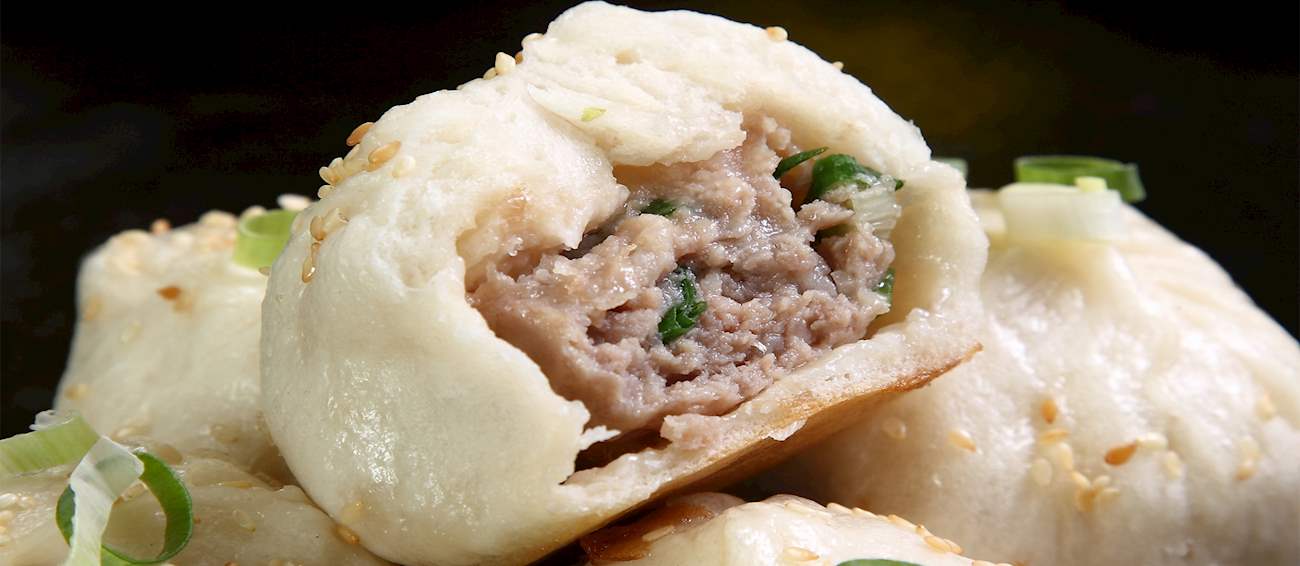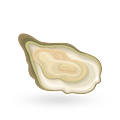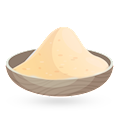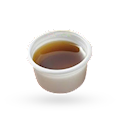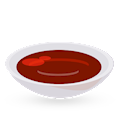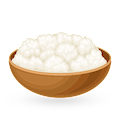MAIN INGREDIENTS
Oyster omelette originated in the city of Chaozhou (Teochew) and the region of Fujian in China. It is a signature dish of the Hokkien people - Chinese diaspora in Taiwan, Malaysia, Singapore, Indonesia, and the Philippines. The dish consists of small oysters added to a mixture of potato starch and egg batter.
Depending on the region, cooks will sometimes add a dash of spicy chili sauce mixed with lime juice to intensify the taste of the whole dish. The city of Tainan in Taiwan is even unofficially called the snack city, especially because it offers one of the best oyster omelettes in the region - unsurprisingly so, because its coastal location ensures that it is never in lack of fresh oysters.
Hújiāo bǐng is a street food delicacy that is believed to have originated in Fuzhou, Fujian. This filling snack consists of a bun that is stuffed with sliced scallions and minced or finely chopped meat, preferably marinated fatty pork cuts.
The buns are usually sprinkled with sesame seeds before they are baked in clay ovens. Apart from China, pepper buns are also popular in Taiwan where they are traditionally sold by street vendors of Fujian descent.
MAIN INGREDIENTS
Known as a common snack food in Northern China, shaobing is a type of layered flatbread, typically topped with sesame seeds. It is made with multiple layers of dough brushed with sesame paste and resembles a flattened bread roll. Shaobing originated in the Shandong province, but today it can be found at numerous street stalls throughout the country.
In fact, depending on the region, shaobing can be enjoyed in many different ways. In southern China, it is a popular breakfast choice, served with soy milk or tea and often stuffed with sweet fillings such as red bean, black sesame, or jujube (red date) paste.
MAIN INGREDIENTS
A specialty of Anhui cuisine, phoenix tail shrimp consists of crispy-fried, battered shrimps. It is typically prepared with large freshwater shrimps that have been shelled and deveined but with their tails left intact. Once cleaned, the shrimps are coated with a batter of flour, water, and seasonings, leaving the tails exposed before they’re fried to crispy perfection.
The frying process makes the shrimps' tails bright red, crispy, and tilted upward, giving them a close resemblance to a phoenix's tail, hence the name phoenix tail shrimp. In China, these deep-fried crustaceans are typically enjoyed hot, accompanied by lemon wedges and a variety of dipping sauces on the side.
MAIN INGREDIENTS
Despite its unusual name, tea is not the dominant flavor in tea egg, a popular, traditional snack item that originated in Zhejiang, but is found throughout China. The snack consists of an egg that is hard-boiled in (usually black) tea, soy sauce, and numerous spices such as anise, cinnamon, cloves, fennel, and peppercorns, which add a savory, slightly salty note to a normal egg.
Tea egg is usually sold by street vendors, but it can also be found in numerous Chinese markets and Asian restaurants. It is commonly consumed on its own or served with accompaniments such as noodles or rice. Traditionally, tea eggs are eaten during Chinese New Year, symbolizing wealth, prosperity, and fertility.
Suzhou mooncake are a particular variety of mooncake that originated from Suzhou, a city in the Jiangsu province of China. Differing significantly from the perhaps more widely-known Cantonese-style mooncakes, Suzhou mooncakes boast a flaky, multi-layered crust and usually comes with savory fillings.
The most popular version includes fillings such as minced pork, spiced to perfection with soy sauce, sugar, and other seasonings. These mooncakes are traditionally enjoyed during the Mid-Autumn Festival but can often be found year-round in Suzhou and surrounding areas, cherished for their unique textures and delectable flavors.
TasteAtlas food rankings are based on the ratings of the TasteAtlas audience, with a series of mechanisms that recognize real users and that ignore bot, nationalist or local patriotic ratings, and give additional value to the ratings of users that the system recognizes as knowledgeable. TasteAtlas Rankings should not be seen as the final global conclusion about food. Their purpose is to promote excellent local foods, instill pride in traditional dishes, and arouse curiosity about dishes you haven’t tried.
